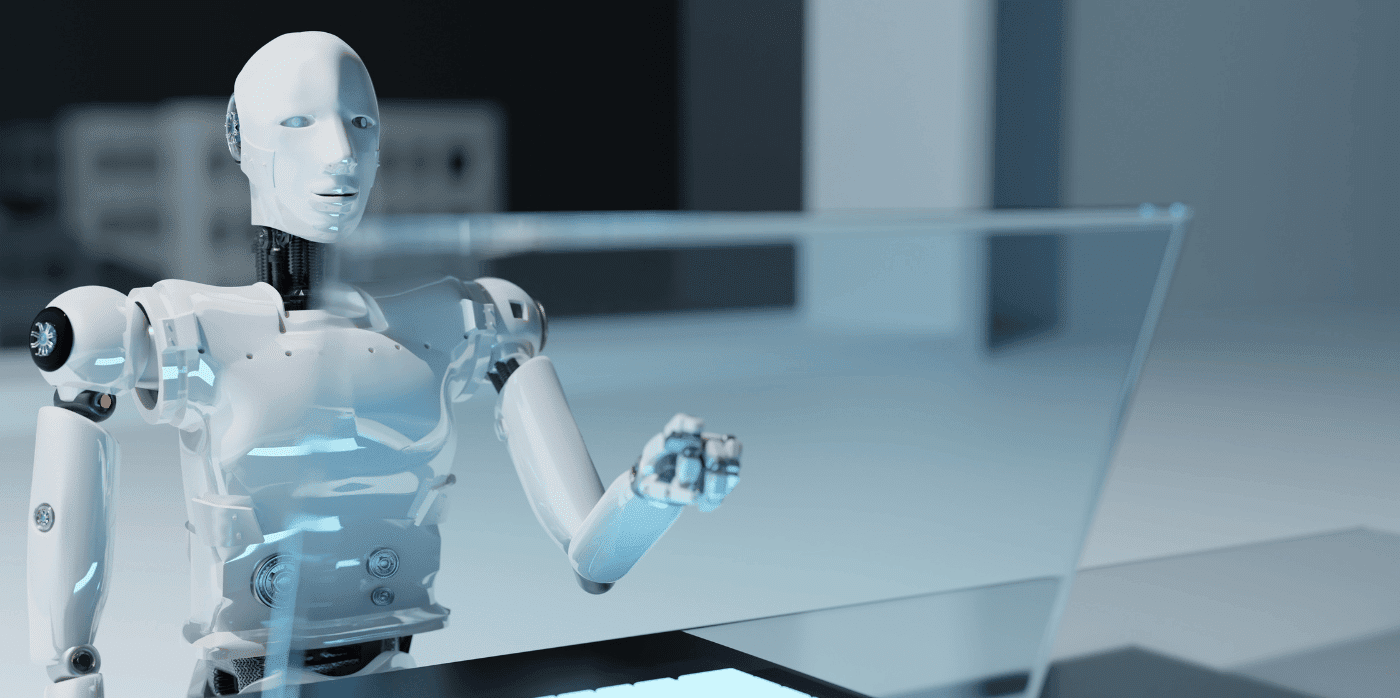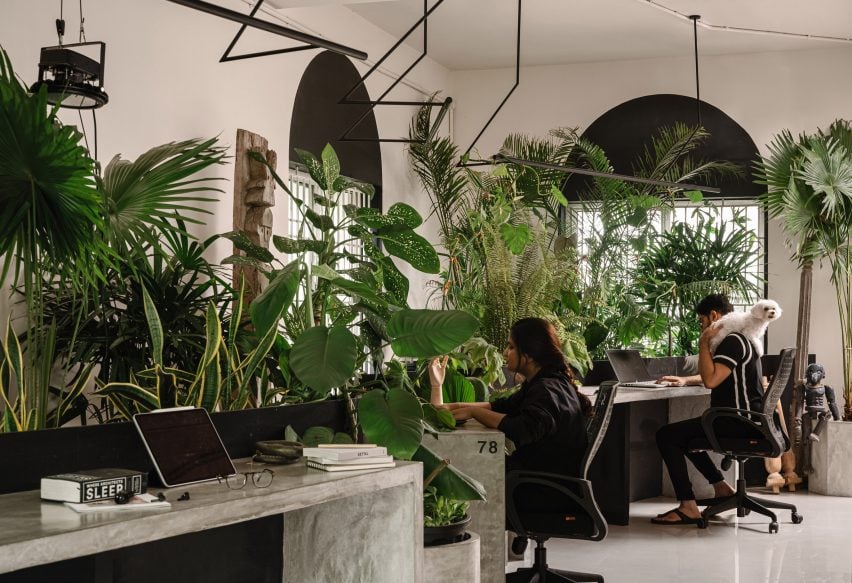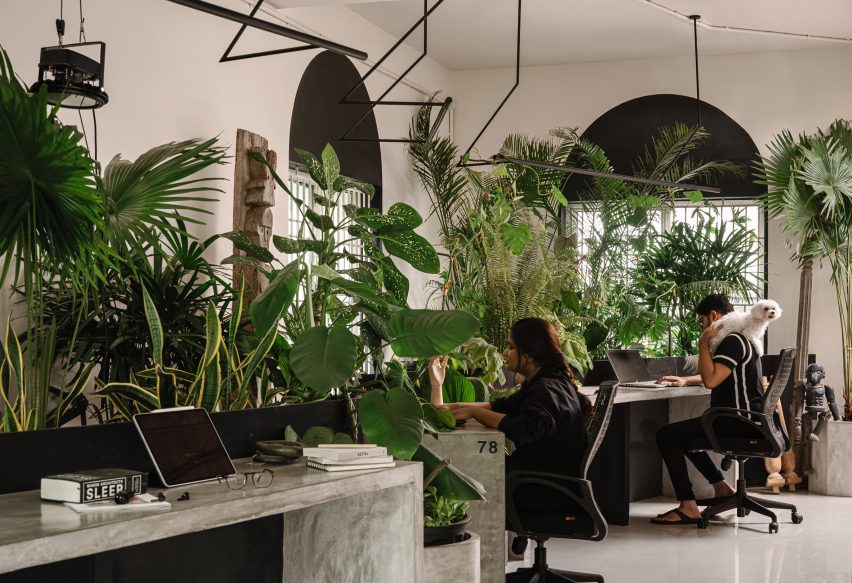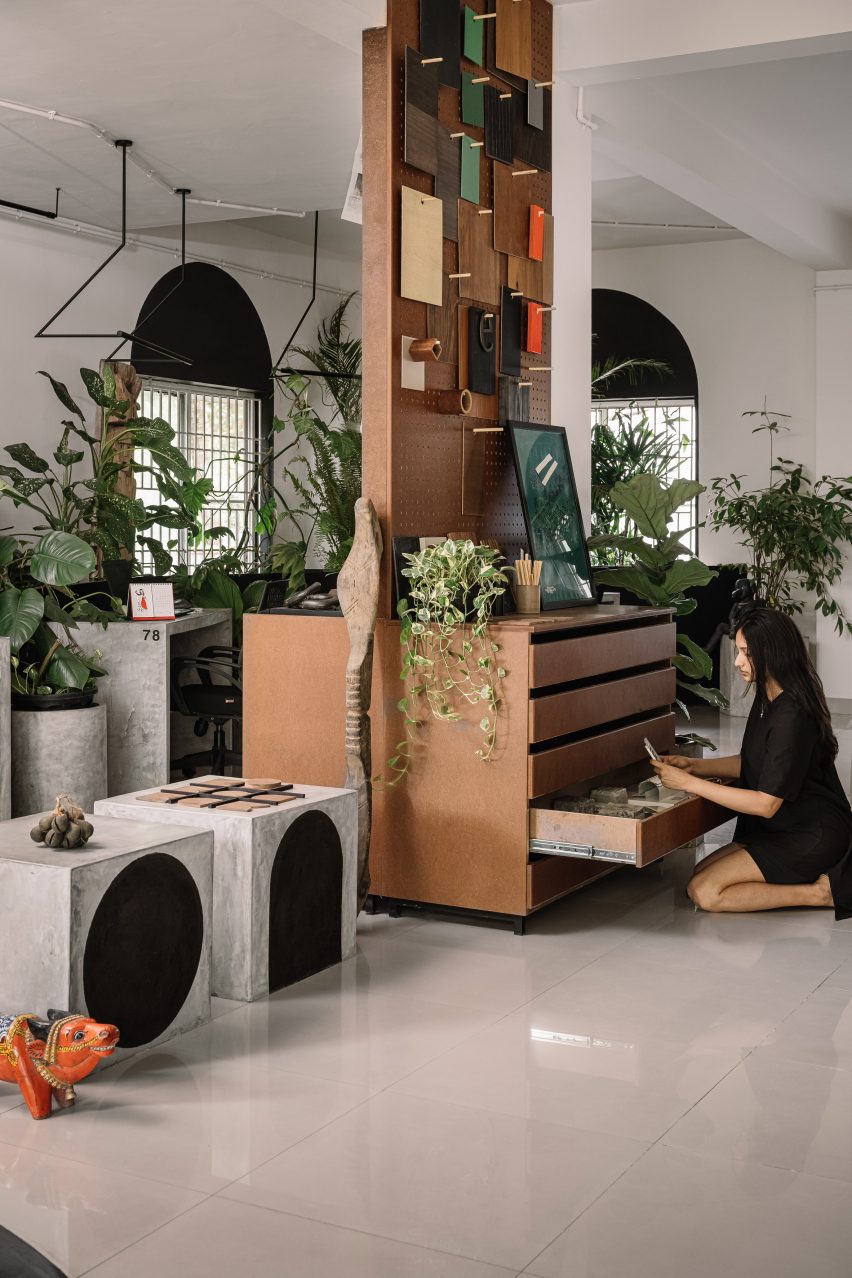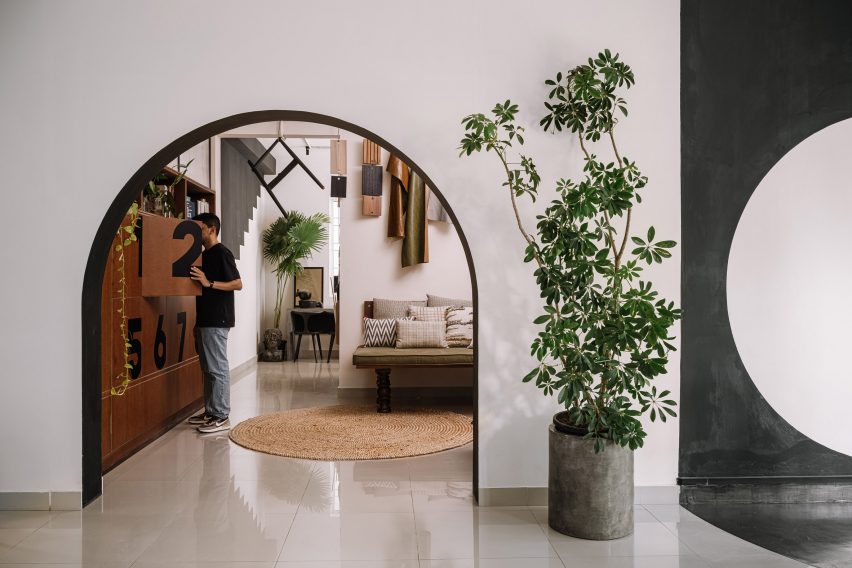An easy-to-use platform for creating digital workers

Spotted: Today, human employees spend hundreds of hours doing repetitive and mindless intellectual tasks such as data entry, client prospecting, and form-filling. Automation is the natural solution to this problem, but, traditionally, automation tools have been built by individual organisations to perform individual tasks, which creates bottlenecks for their deployment at scale.
To tackle this, startup 11xAI has created Platform X, a user-friendly, no-code platform accessible to individuals from various professions. This technology allows for the creation and deployment of ‘digital workers’ that can streamline workflows, whether for tasks that are highly specific to an individual or organisation, or broad general purposes.
Platform X is particularly beneficial for small businesses, which haven’t traditionally had access to automation at the scale that can be achieved by their larger peers. Without this access, small businesses risk being left behind as the economy is increasingly filled with automated agents. The ability to easily create digital workers is therefore especially important for this segment of the market.
To demonstrate the power of its platform, 11xAI has developed Alice, a ‘digital’ sales representative that automates outbound sales efficiently and at a lower cost than humans. The company reports that Alice has so far sent over 10,000 emails, saving early adopting sales teams thousands of days of work. Its research also indicates that emails sent by Alice have three times higher response rates than those sent by humans.
Although outbound sales were chosen to demonstrate the power of Platform X, the possible uses of the technology are extremely broad. And this potential has convinced investors, with the startup receiving $2 million (around €1.8 million) in pre-seed funding in August of this year.
Springwise has spotted other ways technology is transforming the workforce, including by predicting future skills gaps and supporting employee wellbeing online.
Written By: Matthew Hempstead

